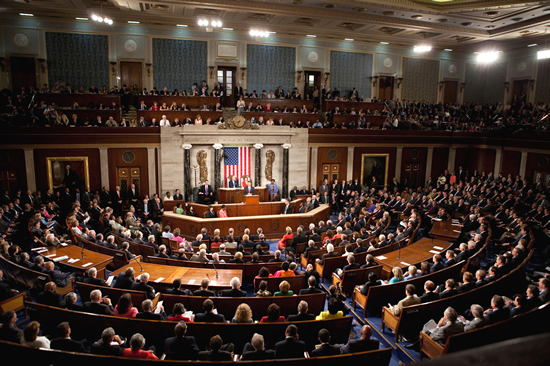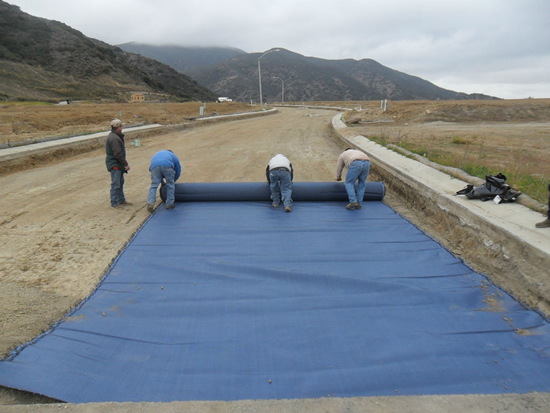
 After a month of negotiations and bicameral conference meetings, the US House and Senate have come to an agreement on a USD $281 billion transportation bill.
After a month of negotiations and bicameral conference meetings, the US House and Senate have come to an agreement on a USD $281 billion transportation bill.
The Associated Press’s Joan Lowy notes that the finalized bill, which is expected to be filed Tuesday afternoon (December 1), will increase highway spending by nearly 15% and transit spending by 18%.
AASHTO was quick to share the news in social media.
The House Transportation and Infrastructure Committee, Chaired by Bill Shuster (R-PA), released an official statement, which was endorsed as well by Senate Environment and Public Works Committee Chairman Jim Inhofe (R-OK), House Transportation and Infrastructure Committee Ranking Member Peter DeFazio (D-OR), and Senate Environment and Public Works Committee Ranking Member Barbara Boxer (D-CA):
“This legislation is a vital investment in our country,” they write. “A safe, efficient surface transportation network is fundamentally necessary to our quality of life and our economy, and this conference report provides long-term certainty for states and local governments, and good reforms and improvements to the programs that sustain our roads, bridges, transit, and passenger rail system. We knew that reaching an agreement on this measure would be challenging, but every member of the conference committee was certainly up to the task. We appreciate their hard work in this effort, and we look forward to moving this measure forward and getting it signed into law.”
READ: Joint Explanatory Statement of the Committee of the Conference
The House version of the bill, originally passed on November 5, aimed for a six-year Highway Trust Fund. While the Conference Committee cut one year from the final bill, it remains a substantial piece of legislation. For the first time in seven years, states will have the security to plan long-term projects rather than look to uncertain stop-gap funding.
The deal announced December 1 follows an emergency extension that was agreed to on November 20 to allow last-minute agreements to be worked out. Both legislative bodies must pass the bill by Friday if payments to states are to continue. Given all the work that has been invested in making this decade-in-the-making bill possible, passage seems highly likely.
GEOSYNTHETICS INDUSTRY WELCOMES BILL
The geosynthetics industry, like other construction material industries, is likely to benefit from the bill’s funding security. Geosynthetic materials were even mentioned specifically in the early November debate on the House floor. Rep. Chuck Fleischmann (R-Tenn.), supported by Rep. Peter DeFazio (D-Ore.), cited Federal Highway Administration (FHWA) statements on the effectiveness and utility of geosynthetics in transportation engineering.
FHWA has strongly promoted geosynthetic designs, such as the Geosynthetic-Reinforced Soil – Integrated Bridge System (GRS-IBS).
NOTE: English and Spanish-language training on the GRS-IBS technology and engineering approach is being offered at GeoAmericas 2016, 10 – 13 April 2016 in Miami. The event is the 3rd Pan-American Conference on Geosynthetics.











